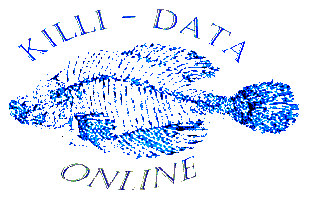BIOTOPES AND BEHAVIORS OF KILLIES
Killifishes, or or oviparous and viviparous Cyprinodonts (Cyprinodontiformes), live in reclusive waters (usually creeks, temporary pools, overfloods, and margins of lakes and rivers), primarily in coastal lowlands, but also in highlands, where they are quasi exclusive : they are then very different from the standard ichthyofauna that lives in rivers, such as Cichlids, Barbs, Characids, Loricariids, etc.
Killifishes, or oviparous and viviparous Cyprinodonts, feature some of the oddest fishes, with very adaptative and specialized behaviors, such as:
- Kryptolebias marmoratus-ocellatus, a selfish hermaphrodite, inhabiting mangroves from the Florida panhandle, U.S.A. to the Sao Paulo latitude in southeastern Brasil;
- At least 2 gynogenetic species (producing all-females clones), result of natural hybridization in the wild, one named, in genus Poecilia (formosa), the others un-named, in genus Poeciliopsis (because speciation is not finalized), as complex of species, such as lucida-monacha or monacha-occidentalis or monacha-viriosa ;
- Cyprinodon diabolis, extremely endangered, restricted to a single cave of about 10 meters in Devil's Hole (the smallest range of any fish in the world), in western desert of U.S.A., with the smallest population of a fish species (around 500 specimens up to 2000, but severely declining since… just a few dozen in 2007 and lately, back to 400 specimens… but with safe strains in artificial refuges, not far);
- More than 2 hundred species, in tropical Africa and America, are annual species, living in seasonal biotopes only filled with water during the rainy season and dry otherwise, and spawning eggs that needs several weeks or months to incubate in dry mud, i.e. without water ;
- Several hundred species that are livebearers, either truly viviparous (mother feeding embryos and larvae during internal development through sorts of ombilical cords called trophotaeniae) like relict Splitfins (Goodeinae), with about 40 species, living in a dry plateau of central Mexico, or ovoviviparous (mother feeding only embryos, and not always, during internal development), with about 200 species (Poeciliinae) living all over Americas having in male a complete modification of Anal fin into various morpho-types of gonopodium as intromittent copulatory organs;
- Nothobranchius furzeri, one of these annual species, having the shortest lifespan of all vertebrate animals, in total less than 6 months in the wild from egg hatching to death by aging, and even a bit less for some populations;
- Divers, which cannot be seen during spawning and bury their eggs well into the substratum : these annual killifishes are famous as "instant fish" in the 1950'ies when a consumer goods company offers to their customers a small bag with eggs that become fish within a few minutes when put in water;
- Schooling fishes or lampeyes, because they bear a lightning spot on eye, members of the genera Lamprichthys, Procatopus, or Plataplochilus, spawning for example in rock holes, or others in huge lakes in deep waters;
- Intermediate species between oviparous and viviparous fishes with internal fertilization but external development, like for Campellolebias species or Tomeurus gracilis;
- Egg-stranding, aestivating and jumping-out-of-the-water species, like most Rivulus species (in a large sense), able to wander several hundred meters or spring several dozens of centimetres to better catch the insects for food or simply look for better biotopes;
- Cannibalising species, that feed on their smaller congeners in the same biotope, like Cynolebias, Megalebias, Moema or Paranothobranchius species;
- Adaptative species to extreme conditions in waters with very high sulfuric contents (Aphanius, Jenynsia) or in high altitude waters above 4000 m altitude with very low oxygen dissolved (Orestias), nearly naked, i.e. with strong reduction of the number of scales on sides and head, some being even with no scale at all, such as Aphanius asquamatus, Aphanius furcatus, Orestias minutus, Orestias minimus;
- A unique parental caring species in a monotypic genus, Jordanella floridae;
- Adaptative species to extreme conditions, such as hypersaline reefs like some Cyprinodon or Aphanius species, with a trophic speciation similar to that encountered in the Rift African Lake Cichlids, or, as desert permanent creeks or springs, like some other Cyprinodon, with water temperatures above + 55°C as peak (unique, for fish in the world);
- … and many other oddities that are to be discovered in a small gallery of their BEHAVIORS, within the database for each species and in the answers to each individual QUIZ scattered throughout the website… and most species feeding on insects, mosquitoes and their larvae, hence being the sole natural weapon against malaria disease which kills millions and millions of men and women, notably kids, each year on earth, in tropical countries where killifish live, often single fish to hatch, grow, breed and die in those unique and adverse conditions.
Typical biotopes:

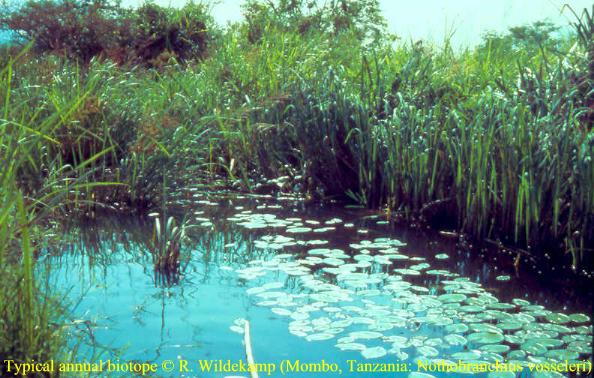
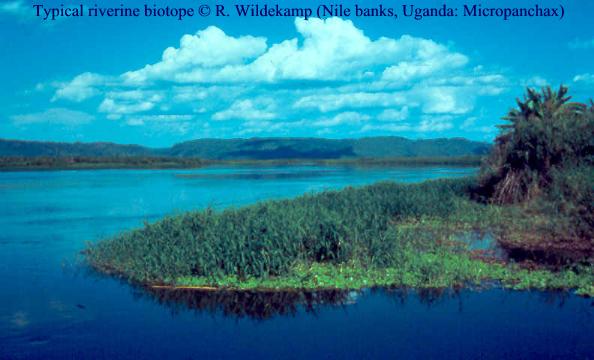
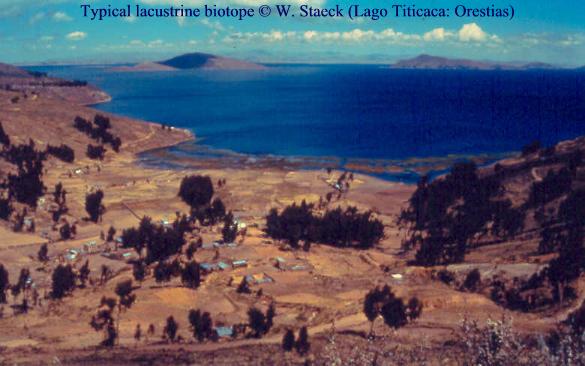
Typical behavior:
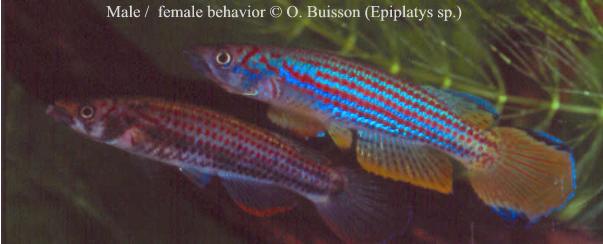
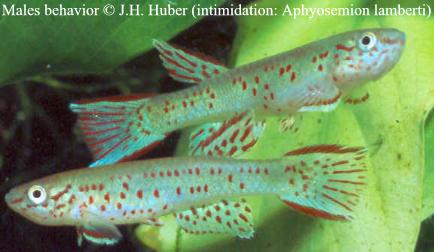
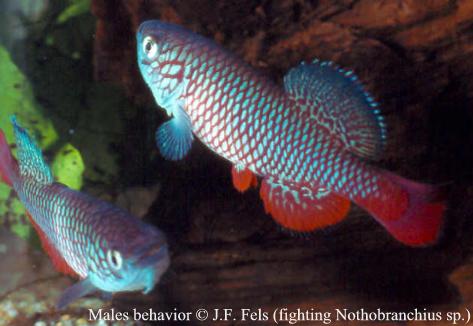
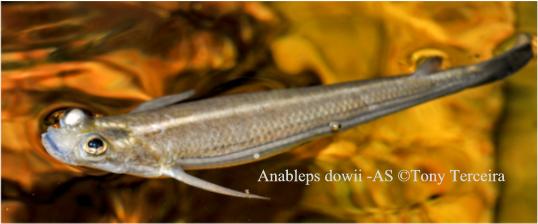
Annual egg: Austrolebias wolterstorffi © J. Kadlec (annual, with surface hair)
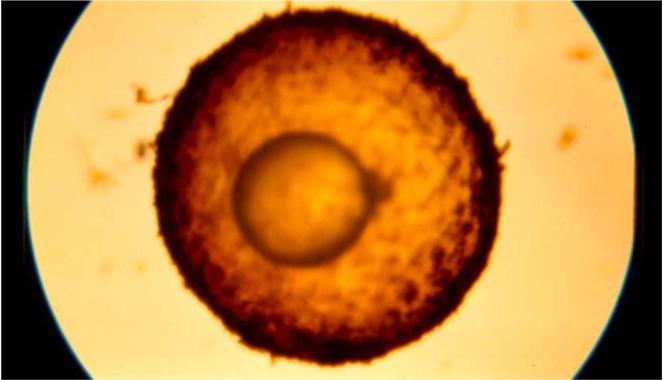
Breeding behavior:
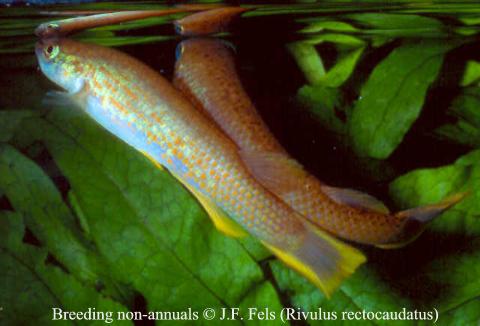
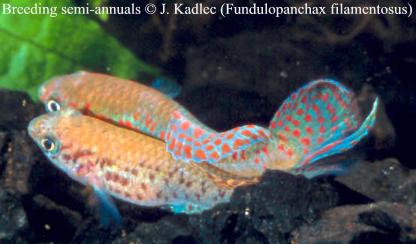
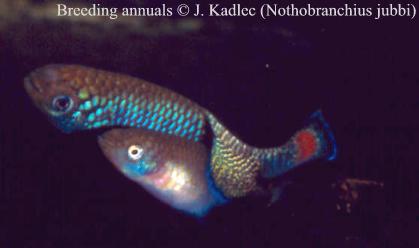
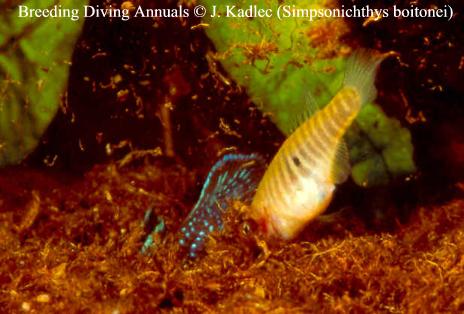
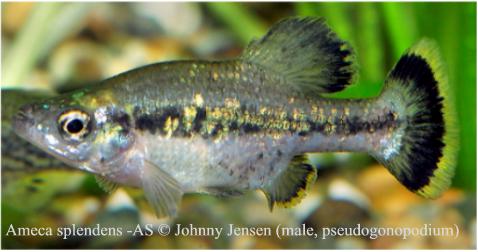
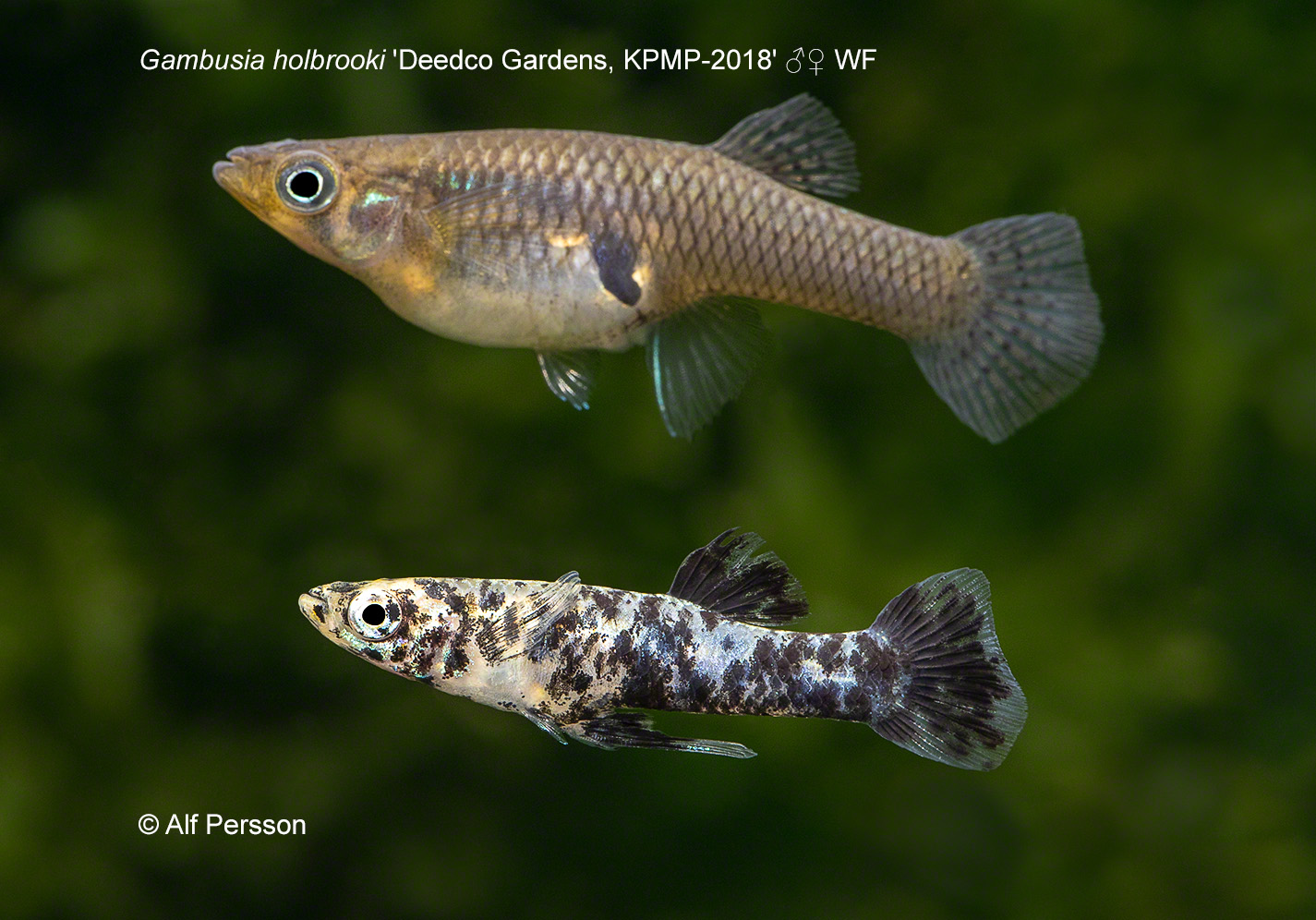
Discover more on Killies?
- What are they? INTRODUCTION to Killies
- Their color patterns, their morphs and variability? BEAUTIES of Killies
- The list of all taxa with their current names, compared to previously USED names
- The huge knowledge base with thousands of pages, photos and maps and with dozens of lists and statistics on all Cyprinodontiformes is only accessible to K-D-I members, after free REGISTRATION
